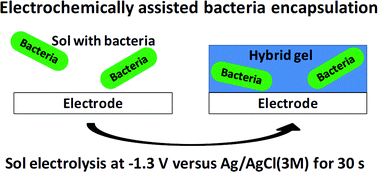 The Journal of Materials Chemistry B themed issue on Carbon Bioelectronics has now been published online.
The Journal of Materials Chemistry B themed issue on Carbon Bioelectronics has now been published online.
This themed issue highlights the unique advantages carbon-based electronic materials bring to the field of bioelectronics. Guest editors Mohammad Reza Abidian, Andrew T. S. Wee and George G. Malliaras introduce the issue in their editorial. The full issue can be found here.
Below is a sample of the Papers, Communications, Applications and Feature Articles that can be found in the Carbon Bioelectronics themed issue:
Feature Articles:
Hydrogen-bonds in molecular solids- from biological systems to organic electronics
Eric Daniel Głowacki, Mihai Irimia-Vladu, Siegfried Bauer and Niyazi Serdar Sariciftci
Applications:
Water-gated organic field effect transistors – opportunities for biochemical sensing and extracellular signal transduction
T. Cramer, A. Campana, F. Leonardi, S. Casalini, A. Kyndiah, M. Murgia and F. Biscarini
Communications:
Self-deployable current sources fabricated from edible materials
Young Jo Kim, Sang-Eun Chun, Jay Whitacre and Christopher J. Bettinger
Papers:
Thin film hydrophilic electroactive polymer coatings for bioelectrodes
Sungchul Baek, Rylie Green, Anthony Granville, Penny Martens and Laura Poole-Warren
PEDOT:gelatin composites mediate brain endothelial cell adhesion
Manuelle Bongo, Orawan Winther-Jensen, Scott Himmelberger, Xenofon Strakosas, Marc Ramuz, Adel Hama, Eleni Stavrinidou, George G. Malliaras, Alberto Salleo, Bjorn Winther-Jensen and Roisin M. Owens
To keep up-to-date with all the latest research, sign-up to our RSS feed or Table of contents alert.





















